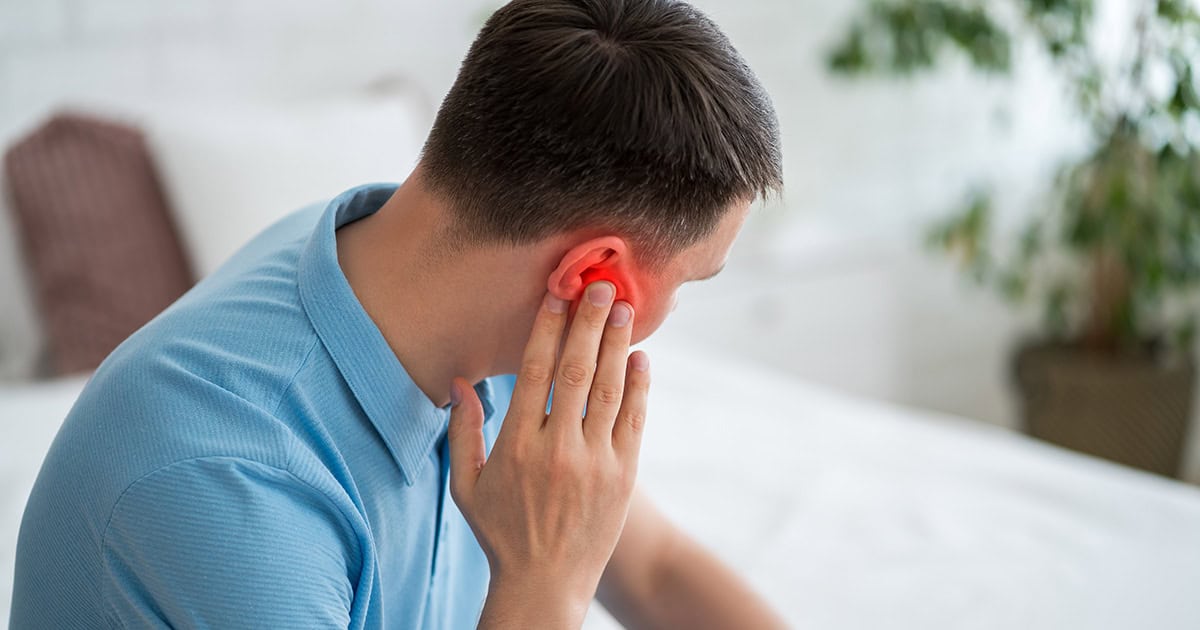By Kellsie Busho and Danielle Kelsay
When COVID-19 swept across the world, life as we knew it came to a halt. Large gatherings were canceled, schools were closed, and businesses were shuttered. With the abrupt change in daily living, new opportunities arose, as online usage increased. Facebook saw daily website usage jump by 27 percent from January 15, 2020, to March 24, 2020, in the United States (Koeze and Popper, 2020). Other platforms, such as Zoom, went from under two million daily users to over six million in the same period (Koeze and Popper, 2020).
With the switch from in-person interactions to online, the ability to interact with individuals and continue outreach events was not only plausible but also offered unique opportunities. Audiology graduate students participating in the University of Iowa Sound Awareness for Everyone (UISAFE) program jumped at the chance to spread healthy hearing messages in a new way.
Established in 2010, UISAFE is a clinical and outreach program through the University of Iowa Doctor of Audiology Program. The goal of UISAFE is to promote hearing health and prevent noise-induced hearing loss (NIHL) by increasing awareness of NIHL and the hearing hazards that are part of everyday life.
Recent Posts
Tinnitus Severity Linked to Mood, Sleep, and Personality
Tinnitus affects approximately 10 percent of the U.S. adult population and 14 percent of the world’s population (NIDCD, 2025). Tinnitus can sound different to individuals,…
Academy Board of Directors Meets with Lawmakers During Government Shutdown
On October 23, the Academy Board of Directors held a successful Hill Day in Washington, D.C. amid the federal government shutdown. The Academy is deeply…
Influence of the Electrical Dynamic Range (EDR) on Speech Perception, Vocabulary, and Quality of Life in Young Children
A person’s electrical dynamic range (EDR) in a cochlear implant (CI) is defined as the difference between the highest tolerable current level, without discomfort or…


